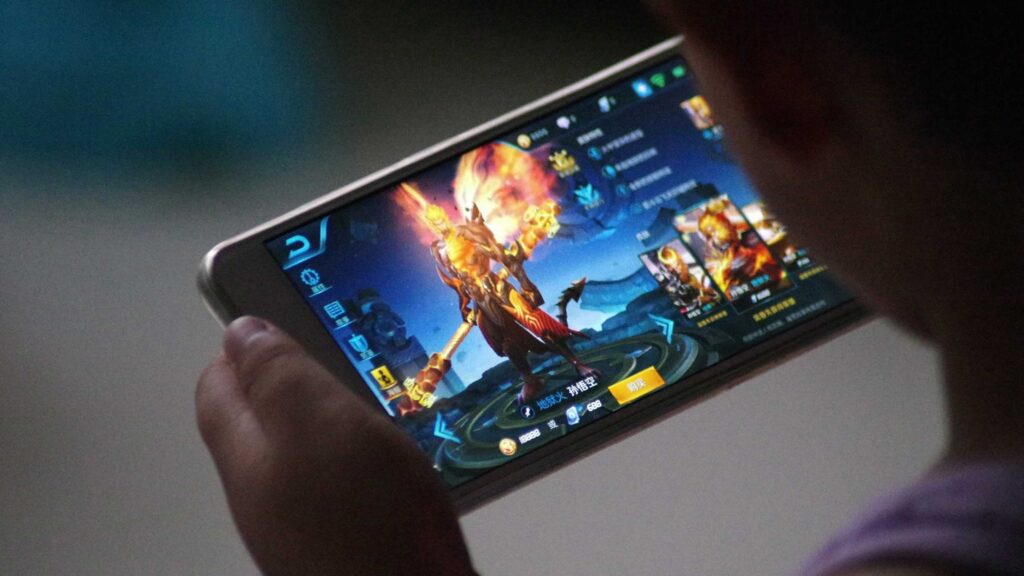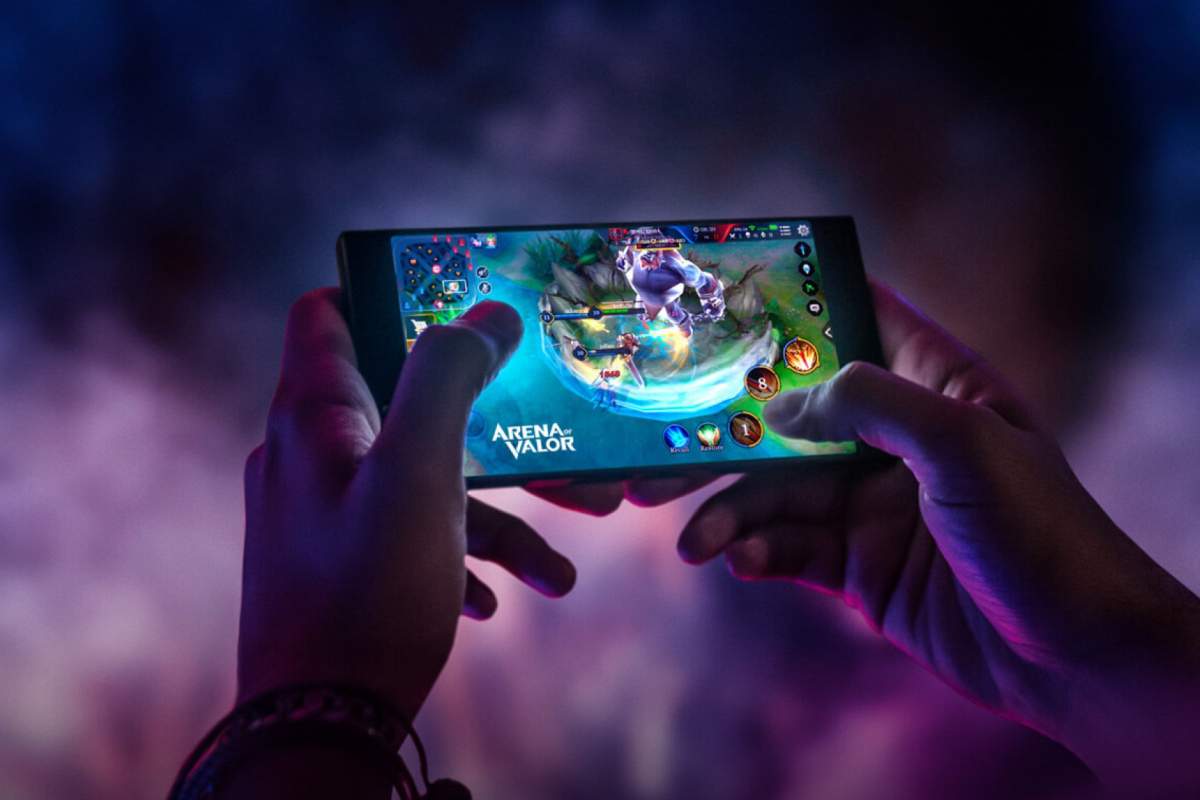In 2020 the gaming market was worth an immense $165 billion. Incredibly more than half this market is made up of mobile gaming, which didn’t enter the market until halfway home gaming’s fifty-year history. Arcade games are now a tiny fraction of the overall picture, and even the old rivals of PC and console can’t compete with what is happening in the mobile market.
Mobile Gaming vs PC Gaming
When the first video games were available to play at home with graphics of alleged arcade standards, there was a genuine belief amongst those working in the industry that a new milestone had been reached. Up until the launch of Nintendo’s Entertainment System in 1985 and Sega’s 8-bit Master System in the late ’80s (the pre-runner to the MegaDrive), video games had been mostly 2 dimensional and like Atari’s Pong. The new games available such as Mario Kart and Sonic still had a predisposition to glitch and were essentially platform-based scrolling games, but they created a new buzz. Backed with large marketing budgets and identifiable characters, they were the first consoles to start the breakout movement of mass-market gaming.

At this time, mobile gaming was still only envisaged as the as-yet elusive portable games console, but all was set to change before long. The industry felt it had come a long way since its arcade beginnings, but there was so much more to come
Pong has first appeared in 1972 and was a successful arcade game. It was simply a simulation of table tennis, but it led the way for gamers. Atari sold a home console version in 1975 and in 1977 the Atari 2600 home console was the first to sell more than a million units. The emphasis at the time was still on arcade games, and PacMan and Donkey Kong were the next big names in the game. When interest dwindled, it was rekindled by the iconic Space Invaders game.
Atari’s desire to grow too quickly saw it get into trouble. Poorly executed home console versions of PacMan and ET were rushed to market without proper testing. This cost the company millions in returns and damaged its reputation. With the game’s console’s image in tatters, PC gaming first took hold with the launch of the Commodore 64.
The advantage of the console over the PC was the price. Nintendo launched the first-ever handheld gaming device, the Gameboy, in 1989, and this was the first time that the console market (albeit handheld) overtook the PC market.
The next decade of video gaming was defined by technology and consistent marketing with a three-way battle. Nintendo had the early advantage, but Sega launched the Megadrive in 1988, and Sony entered the market with the PlayStation in 1994. As with the Sega Saturn, the PlayStation had CD Roms instead of cartridges. It was the first console to sell more than 100 million units.
Microsoft also noticed they were missing out and launched the X Box. It was this launch that saw console sales almost match PC gaming sales in 2002.
Handheld consoles were all the rage, Mario Kart had crossed over to handheld, and another popular game was Tetris. However, it was the rage for collecting Pokémon that saw a massive uplift in the clunky little fold-up console. When Nokia released cell phones in 1997 with the incredibly simple game Snake as part of the operating system, it didn’t look as if this was going to shake up the market.
Future Of Mobile Gaming

However, the launch of Apple’s iPhone in 2007 was to change everything. The first mobile game to take off was Angrybirds. It was a much more simplistic version of video gaming than the complex worlds on offer on fixed consoles and PCs. Nonetheless, it became the go-to game that everyone was playing everywhere. It was a free game that created an enormous media franchise. Candy Crush Saga in 2012 was the first game to popularize limited plays and app monetization. This was the first time that the PC, console, and mobile market had been the same size. What saw the mobile market double in size was Pokémon Go, with over 500 million downloads in 2016. By that point, the handheld console had almost reached obscurity now that almost everyone had a smartphone. Phones have become popular for gamblers too, with mobile gambling accounting for 70% of revenue in 2020.
In 2022 smartphone games make up the largest share of the global market at 45%, while they haven’t eclipsed the others combined, they are streets ahead. Consoles are at 28% and PCs 19%. Tablet games account for 7%, and browser games make up the final 1%. Since 2012 it has also accounted for the lion’s share of the growth of the market. It will be interesting to see how many more mobile gamers can be reached.
